

Childs Tooth Teether
.svg)
Link
https://about.mattel.com/
Industry
Toys
Product
Toys / Teether

What i did
Industrial Design, Rendering, Brand Strategy, Packaging and development for the Toothy Teether from concept sketches to final product, focusing on sensory-driven function, sustainable materials, and child-safe compliance.

Design Team
SOFTWARE: SolidWorks, Keyshot PEOPLE: Tzumi Staff

Product Overview
The Toothy Teether was designed as an infant toy that merges playful character-driven aesthetics with sensory functionality to support early development. Inspired by media, culture, and nature, the teether encourages babies to explore through sight, touch, and taste, while providing safe gum relief during teething. Each Toothy character embodies a unique personality, offering both entertainment and comfort while reinforcing a bond between babies and their environment.
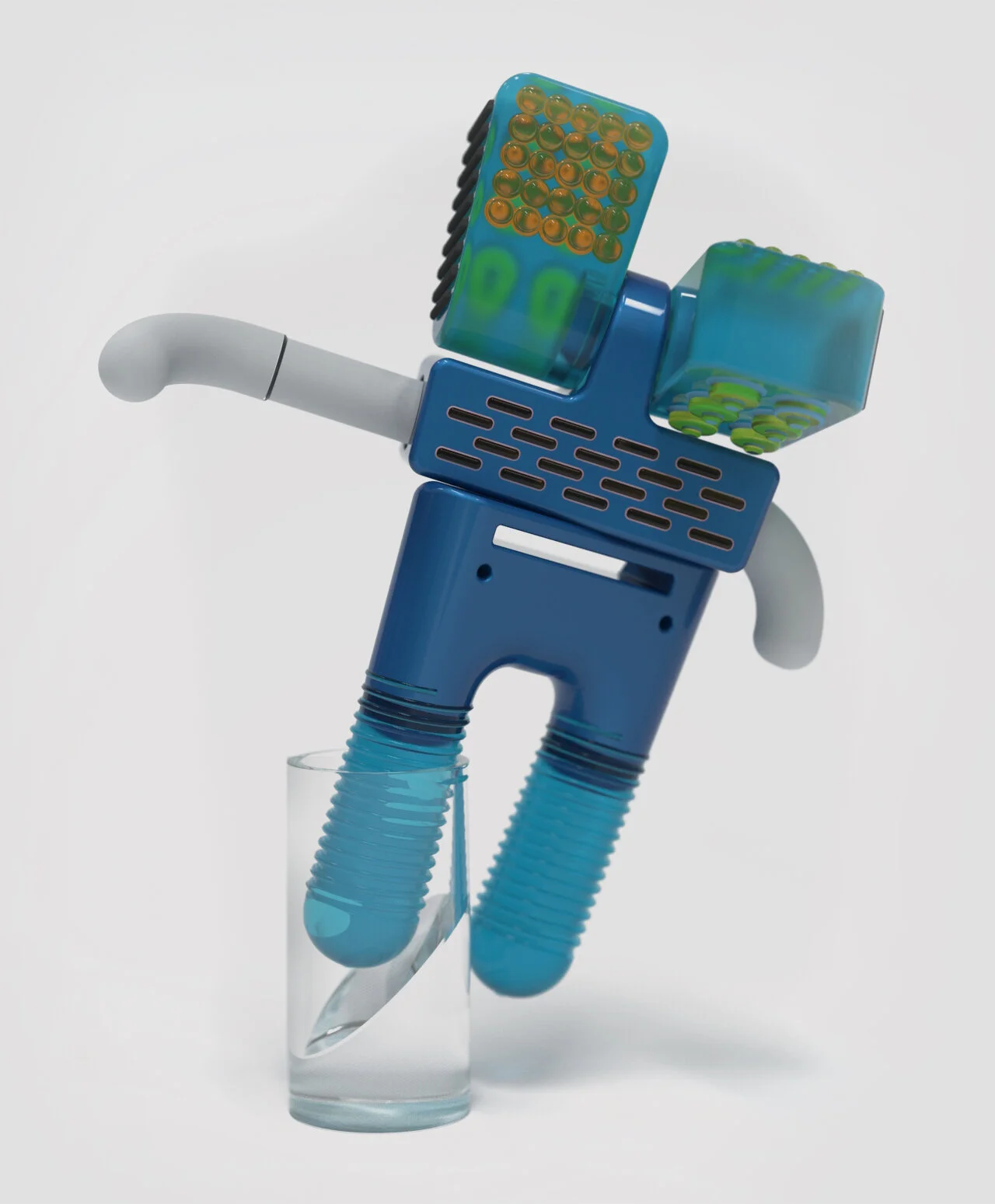
Product Info
Made from plant-based, BPA- and PVC-free materials, the Toothy Teether is soft, durable, and safe for infants 3 months and up. Featuring dual soft-textured tips, the teether massages gums and can reach back molar areas for older infants. Its oval handle ensures easy grasping for little hands, while its playful, colorful character design sparks curiosity and learning. Toothy’s sustainable design also extends to its packaging, made from bio-based plastic and recycled paper, reinforcing its eco-conscious mission.
SPECIFICATIONS
Material: Plant-based plastic (sugarcane-derived). Sustainablie: Recycled biodegradable paper packaging. Compliance: Meets U.S. regulations (16 C.F.R.). Safety: No sharp points, edges, toxic coatings, or flammability. Key Features: Dual soft-textured gum massagers. Oval ergonomic handle for infant grip. BPA- & PVC-free construction Safe for infants 3 months+ Character Design - Based aesthetic with gender-neutral colors
PURPOSE
The Toothy Teether was created to give infants a safe, playful, and eco-friendly alternative to traditional teethers. Its purpose is twofold: to soothe gum pain through ergonomic and sensory-driven design, and to foster early learning through playful shapes, characters, and color exploration — all while reducing environmental impact with plant-based materials.
PROBLEM
Designing a baby teether that was safe, sustainable, and sensorially engaging presented multiple challenges. The biggest issues were material selection — creating a soft yet durable form made from plant-based materials — and ensuring compliance with strict child-safety regulations, all while maintaining a playful and educational design language.
SOLUTION
Through extensive research into bio-based plastics and silicone alternatives, I developed a form that balanced tactile softness with functional resilience. I created prototypes using non-toxic, BPA-free materials, testing flexibility and reach to ensure comfort for infants at various teething stages. The playful “Toothy” character design evolved from freehand sketching and cognitive science research, helping bridge emotional connection and early sensory learning. Finally, by adhering to U.S. child safety standards (16 C.F.R. parts 1500–1503) and sustainable packaging practices, Toothy successfully became both a safe developmental tool and an eco-conscious design statement.
Design Brief
The design challenge was to move beyond “mediocre teethers” by blending functional innovation, character-driven aesthetics, and sustainable materials. Using freehand sketching and iterative brainstorming instead of CAD, the design focused on engineering fundamentals, toy safety standards, and cognitive development research. The result was a teether that not only addressed physical needs like gum relief but also provided an extra-sensorial experience, sparking curiosity and creativity in both babies and their parents.




The Result
The Toothy Teether successfully combined sustainability, safety, and playful design into a single product. By introducing character variations and bold yet soothing colors, Toothy stood out as a unique alternative in the infant toy market. Its safe construction and eco-conscious packaging reassured parents, while its engaging form factor delighted children. Beyond its function as a gum soother, Toothy positioned itself as a brand identity — adaptable for future products and collaborations, with a trademarked logo and a recognizable visual language.



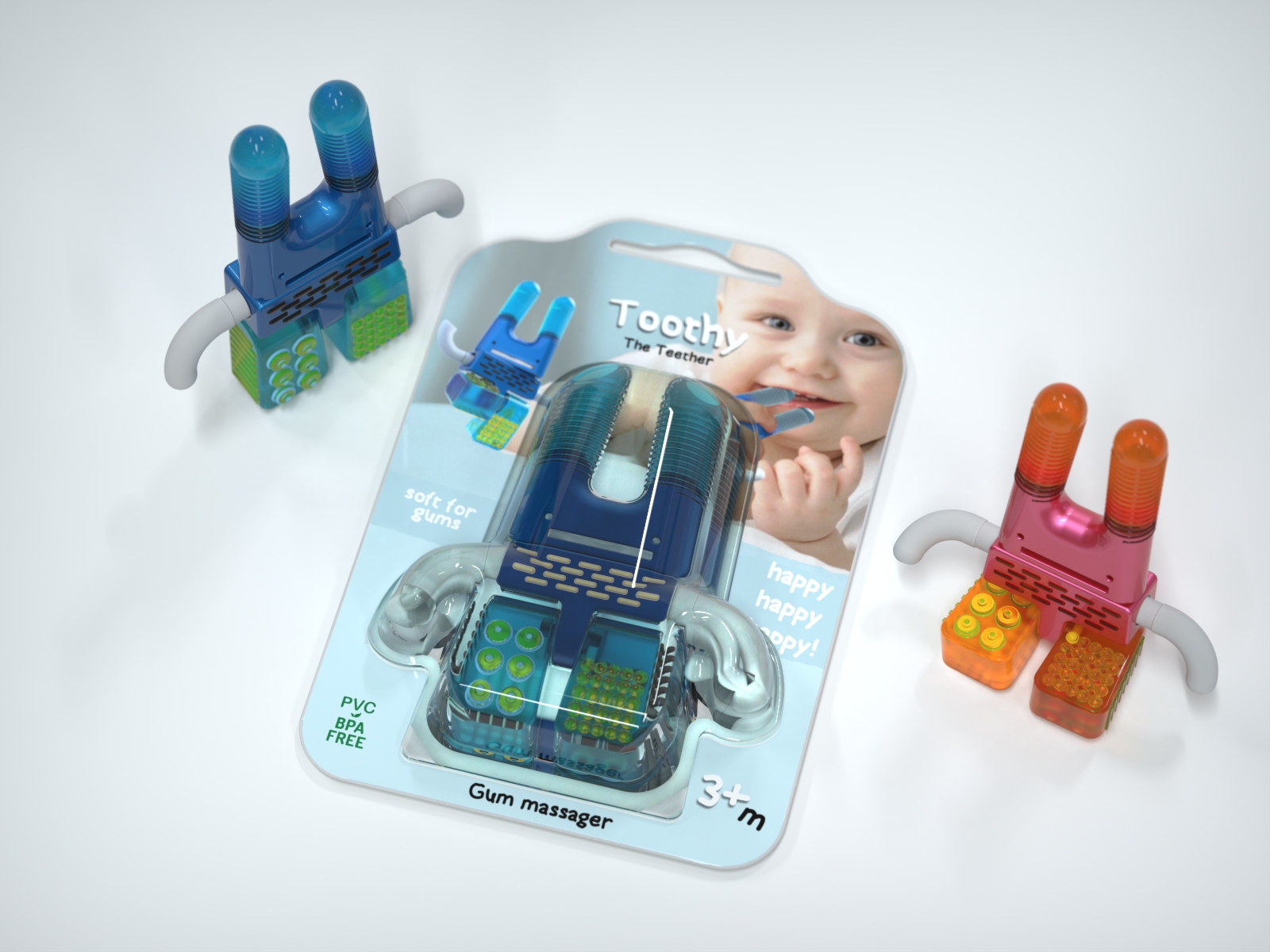



Summary
The Toothy Teether is a sustainable, sensory-driven infant toy designed to ease gum pain while encouraging exploration and early learning. Built from plant-based materials, it balances functionality, safety, and playfulness with an eco-conscious mission. By merging ergonomic engineering with character-based aesthetics, Toothy redefined the teether category — offering babies comfort and curiosity while giving parents confidence in both safety and sustainability.
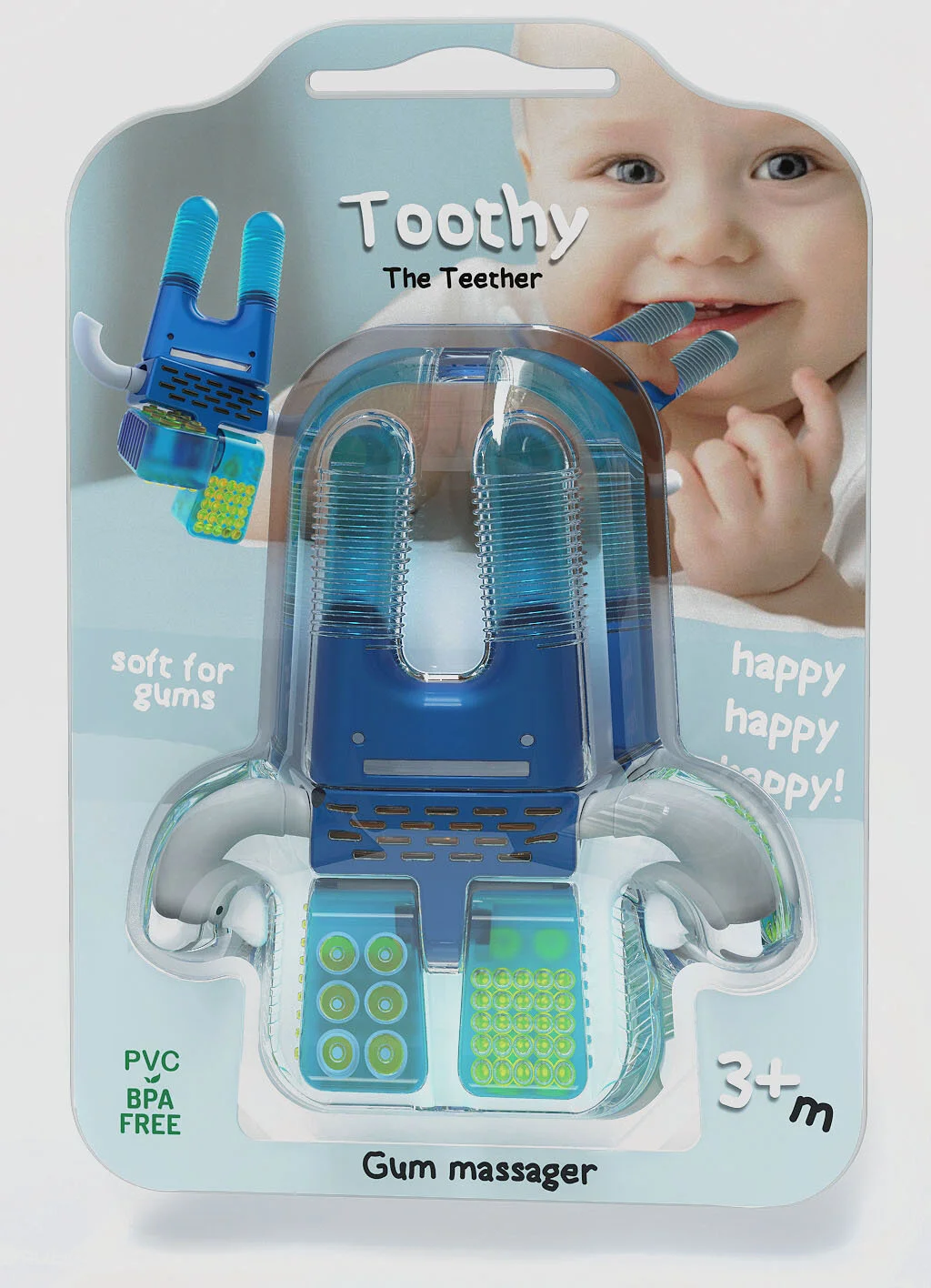



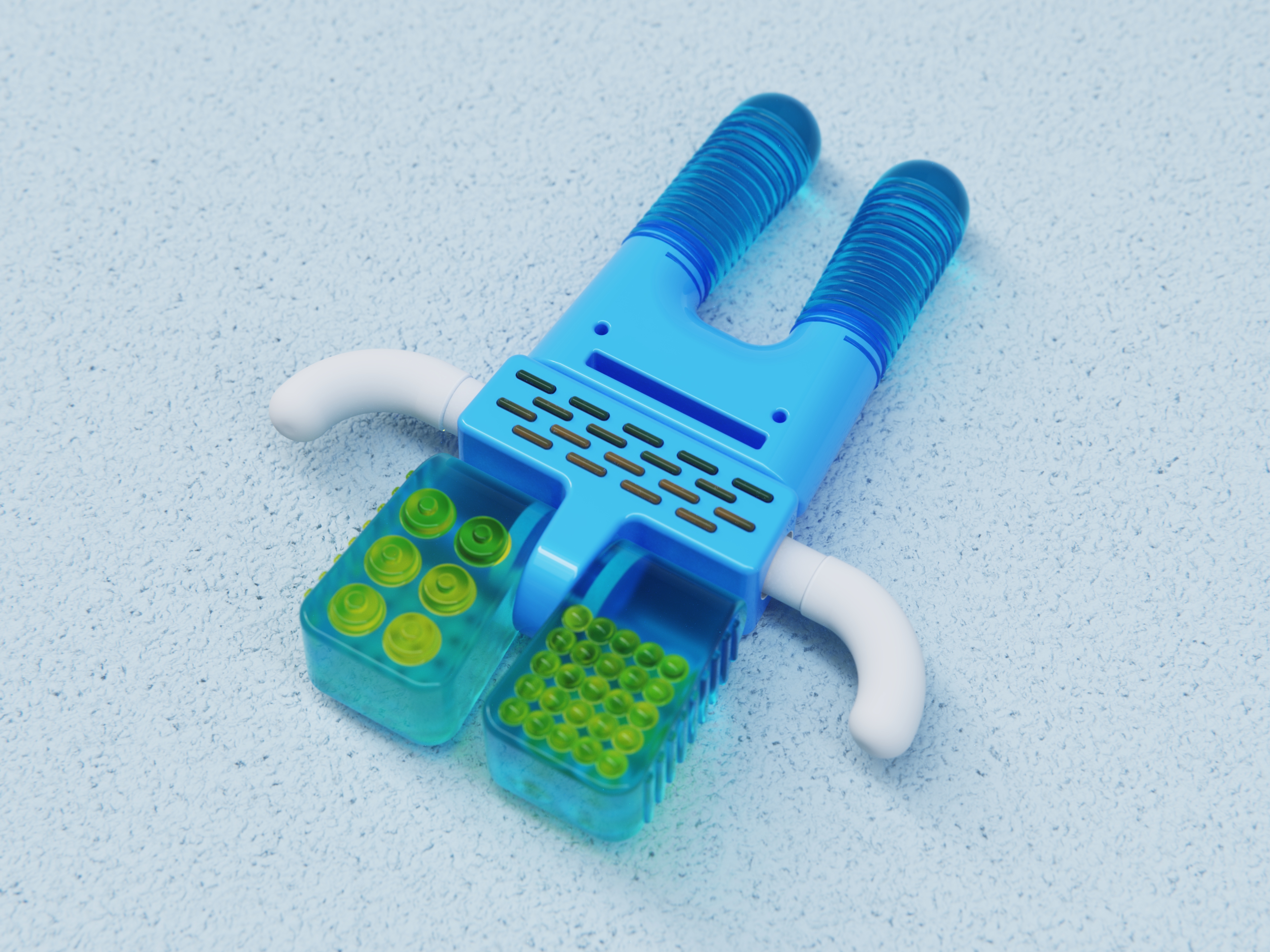
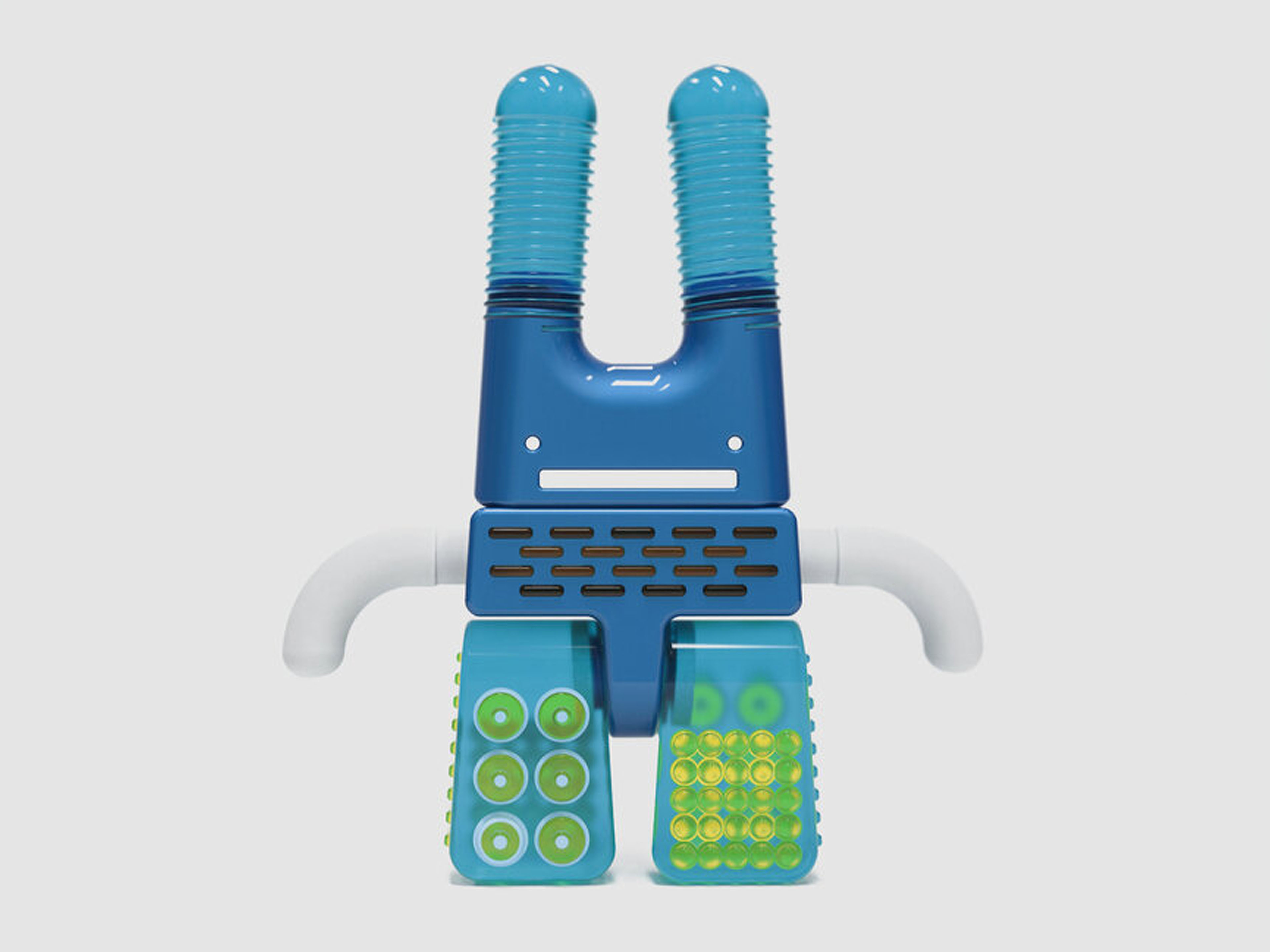
.webp)
Lorem ipsum dolor sit amet, consectetur adipiscing elit. Suspendisse varius enim in eros elementum tristique. Duis cursus, mi quis viverra ornare, eros dolor interdum nulla, ut commodo diam libero vitae erat. Aenean faucibus nibh et justo cursus id rutrum lorem imperdiet. Nunc ut sem vitae risus tristique posuere.
What is Google Ads?
Google Ads (formerly known as Google AdWords) is an online advertising platform that allows businesses to display ads on Google’s search engine and its vast network of partner websites. Advertisers bid on keywords relevant to their products or services, and when a user types in a related search query, your ad may appear at the top of the search results.
The beauty of Google Ads lies in its pay-per-click (PPC) model: you only pay when someone clicks on your ad, making it a cost-effective option for many businesses, especially those just starting out.
How Does Google Ads Work?
Google Ads operates on an auction-based system, which means your ads compete against others who are targeting the same keywords. Here’s a simplified breakdown of how it works:
- Keyword Selection: You choose the keywords you want to target based on what people are searching for.
- Bidding: You set a maximum bid, which is the amount you're willing to pay for a click on your ad. The higher your bid, the more likely your ad will be shown.
- Ad Rank: Google evaluates ads based on a combination of your bid, the quality of your ad, and the relevancy of your landing page. This is where you can score big with great ads, even if your bid isn't the highest.
- Ad Display: When someone searches for one of your targeted keywords, your ad may appear in the search results. The user clicks on your ad, and you pay the bid price.
Why Google Ads is So Effective
Google Ads has numerous benefits that can make it a game-changer for your digital marketing strategy. Some of the key reasons include:
- Highly Targeted: Google Ads allows you to target users based on keywords, location, device, time of day, language, and more. This means you can serve your ads to the right people at the right time.
- Measurable Results: With Google Ads, you get detailed insights into the performance of your ads. You can track impressions, clicks, conversions, and ROI, which makes optimization simple.
- Immediate Results: Unlike SEO, which can take months to show results, Google Ads can bring traffic to your site immediately. This is especially beneficial for businesses with time-sensitive promotions or seasonal offers.
- Scalable: Whether you’re a small business or a large enterprise, Google Ads can scale with your needs. You can start with a small budget and gradually increase it as you see what works.
Tips for Success with Google Ads
To maximize the effectiveness of your Google Ads campaigns, consider these tips:
- Focus on Quality Keywords: Select keywords that are not only relevant to your product but also match the intent of your potential customers. Use tools like Google Keyword Planner to identify terms with high search volume and low competition.
- Craft Compelling Ad Copy: Your ad copy needs to grab attention quickly. Focus on clear, concise messaging that highlights the value of your product or service. Use strong calls-to-action (CTAs) like "Shop Now" or "Get a Free Quote."
- Optimize Landing Pages: Ensure that your landing page is optimized for conversions. If someone clicks on your ad, they should be directed to a page that’s relevant to what they searched for, with a clear next step (e.g., form submission, purchase, or signup).
- Test and Tweak: Continuously monitor your campaigns and perform A/B testing on your ads, keywords, and landing pages. Small adjustments can lead to better results over time.
- Track Conversions: Set up conversion tracking to measure how well your ads are driving your business goals, whether that’s a sale, a form submission, or something else.
Conclusion:
Google Ads is an incredibly powerful tool for businesses looking to increase their online visibility, drive traffic, and generate leads or sales. By carefully crafting your campaigns, selecting the right keywords, and optimizing your ads, you can make the most of what Google Ads has to offer.
Ready to give it a try? Start small, monitor your results, and scale up as you go. With the right strategy in place, Google Ads could be the perfect addition to your digital marketing toolkit.
Call to Action:
Have you used Google Ads before? What has your experience been? Let us know in the comments below, or reach out if you have any questions about getting started with Google Ads!
This blog post uses rich text elements like headings, subheadings, and lists, which are compatible with Webflow's Rich Text Editor. You can easily copy and paste this into your Webflow blog and modify it further based on your needs!
